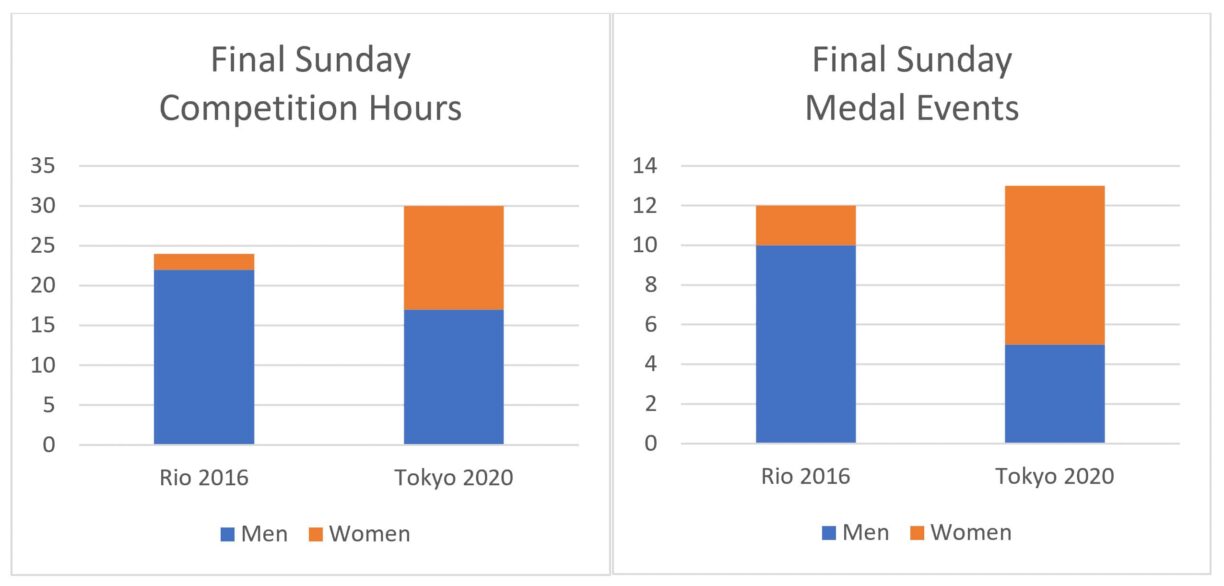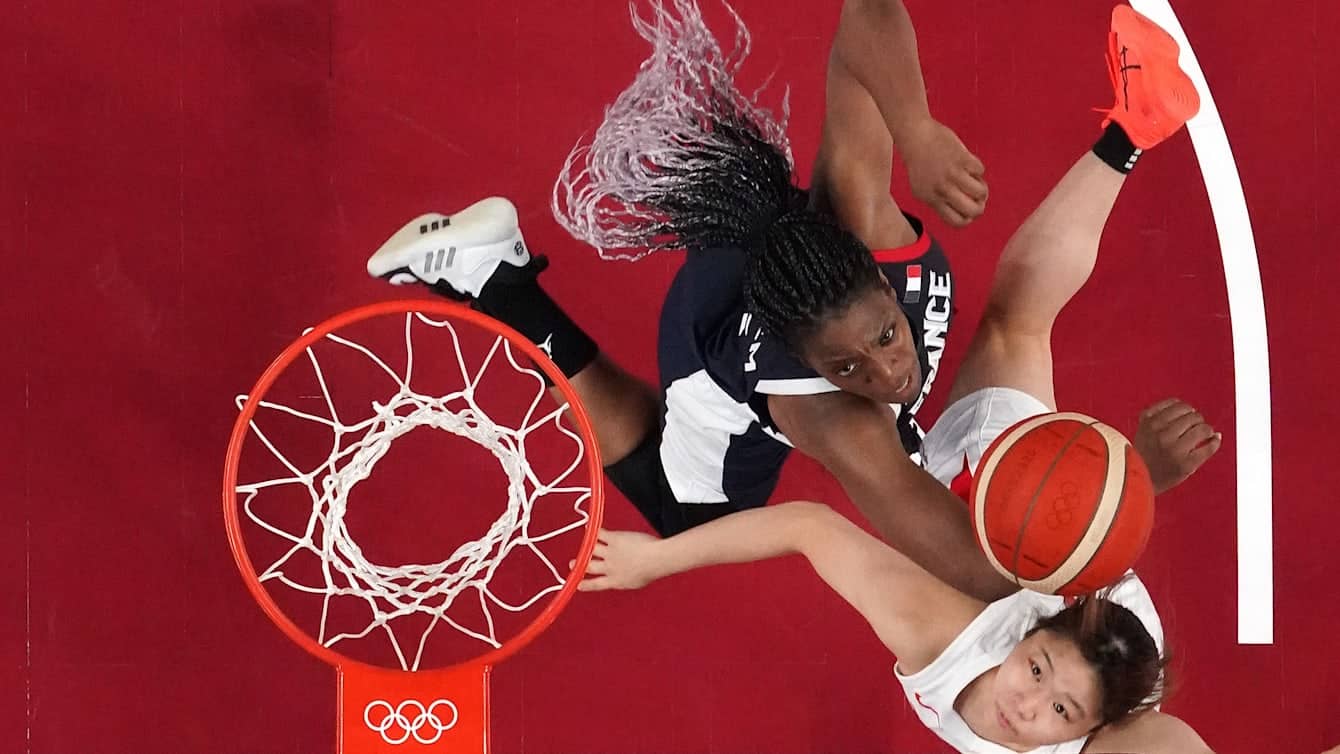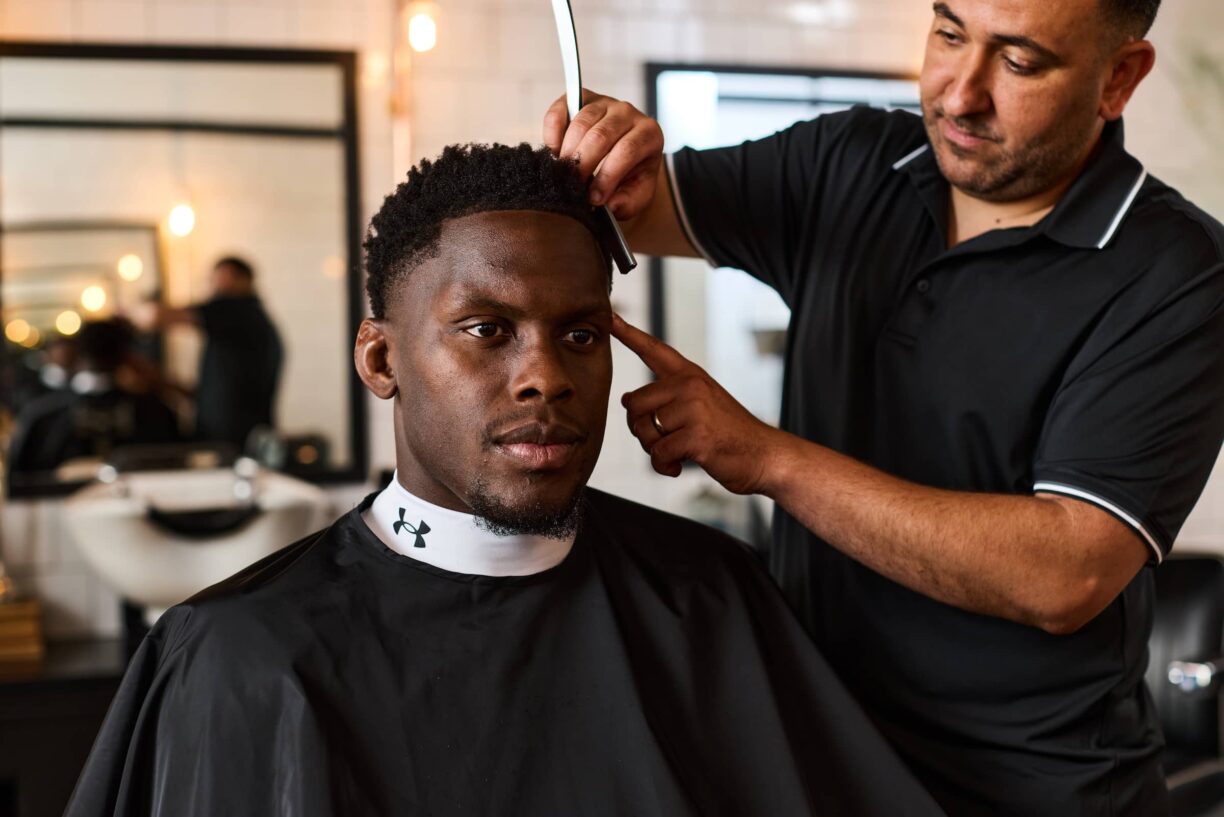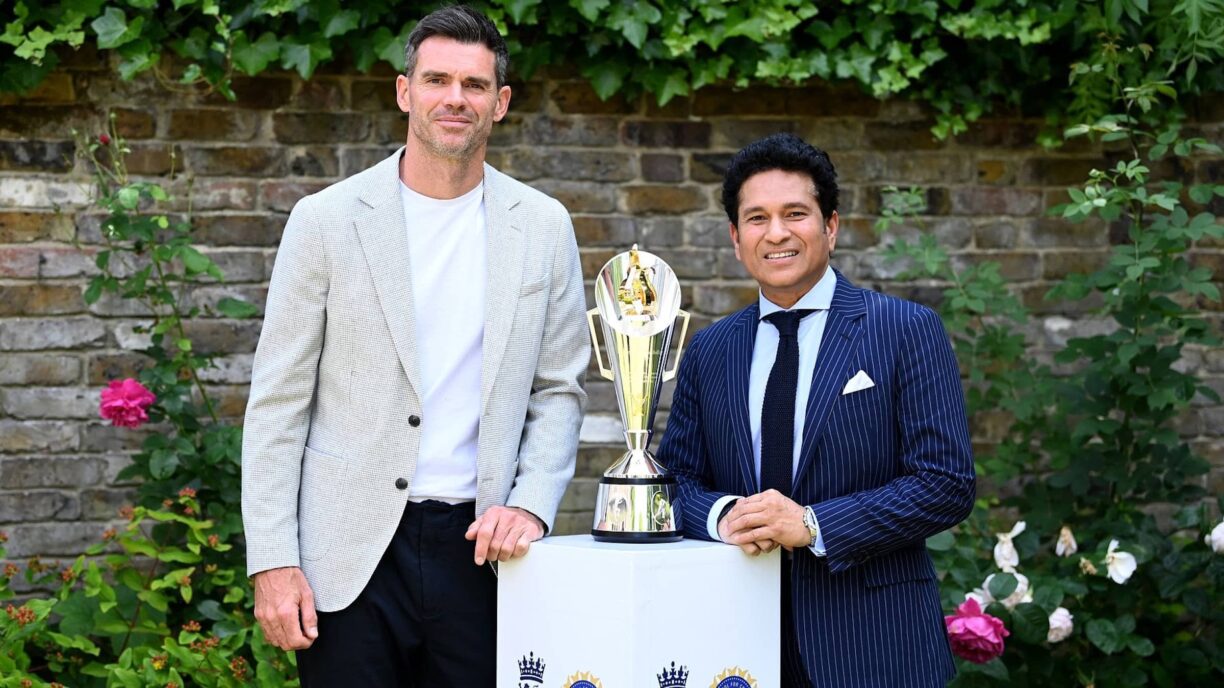With an equal number of quota places for male and female athletes, the Olympic Games Paris 2024 are set to make history.
But gender equality also means more than even numbers of athletes. Significant efforts have been made to ensure that female and male events are scheduled fairly over the 16 days of competition.
A gender-balanced schedule provides the media with the opportunity to better balance their coverage – which also makes it easier for the next generation of female athletes to follow their role models on screen.
Since 2017, the International Olympic Committee (IOC) has been applying a gender lens to the overall schedule of the Games by looking at the differences between when women and men were scheduled to compete.
For example, on the last day of competition at Rio 2016, two events were scheduled for women (rhythmic gymnastics and one bout of boxing), while 10 events were scheduled for men – including the bronze- and gold-medal games for several team sports, as well as the men’s marathon.
This led to a gender imbalance in the number of competition hours – an important factor for broadcasting opportunities.
The two women’s events totalled two hours, compared to a total of 22 hours for the men’s events.
There were also issues with scheduling at the Olympic Winter Games. For example, no women’s events were scheduled on the last day of either Vancouver 2010 or Sochi 2014.
Progress underway
Now that gender balance is one of the factors in the development of the Games’ competition schedule, change is occurring.
Work is being done to achieve gender balance on each day of the Games and within every sport. “Real progress is happening,” says Nancy Lee, Gender Equality Advisor for the IOC.
With more than 20 years’ of experience in broadcasting and international sport, she is sharing her gender-based perspective to help transform the Games’ competition schedules.
“The goal of this work is to produce a sporting event in which all athletes are treated fairly regardless of gender.
Supporters of women’s sport often look to the media for coverage in the hope it will raise the profile of women’s sport. But if women’s events are not scheduled proportionally, there can’t be equal coverage.
Nancy Lee, IOC Gender Equality Advisor
Lee points out that the differences also impact print and photo coverage. “Imagine a photo montage of all the gold medallists from that final day in Rio.
And the portrayal imbalance with so many more male athletes is amplified with multiple medallists in each of the men’s team events.”
A complex process
With the adoption of Olympic Agenda 2020, the IOC reaffirmed its commitment to advancing gender equality.
Following the comprehensive review of the state of gender equality in the Olympic Movement in 2017, 25 action-oriented recommendations for change were introduced – including that of ensuring balanced Games competition schedules.
Developing the schedule across all the sports events during the Olympic Games is extremely complex – it takes five years approximately – and involves the Organising Committee for the Olympic Games (OCOG), each of the International Sports Federations (IFs), Olympic Broadcasting Services (OBS) and general oversight from the IOC.
“These organisations which are part of developing the competition schedules are now working together to create gender balance,” says Lee.
Many factors play a part in the decision-making for the schedule: sports regulations (such as the required rest periods between sessions); transport logistics (such as avoiding public transit congestion at adjacent venues); operational considerations (such as weather or daylight conditions for outdoor events); sporting priorities for the host country; time zones (for the various global audiences); and, now, gender balance.
From Rio to Tokyo
Substantial progress was made on building a more gender-balanced schedule between Rio 2016 and Tokyo 2020, which helped set the standard for future Olympic Games.
The final weekend and the final day of Tokyo 2020 were balanced by switching the team sports, so that more women competed on the final Sunday.

Women at the heart of Paris 2024
Following the IOC’s lead, Paris 2024 organisers have worked hard to advance the position of women in sport.
They worked closely with the IFs, OBS and the IOC to make further progress on a gender-balanced schedule.
Many of the combat and strength sports have re-arranged the order of events so that the men and women alternate, instead of always having the women’s competitions scheduled in the morning and the men compete in the evening. The order is now based on weight category, not gender.
“You might ask why this makes a difference for gender balance, particularly since broadcast coverage spans global time zones.
It’s important because alternating events between men and women illustrates fairness and confronts the myth that women’s sport is less important,” says Lee.
Lee says the Paris 2024 marathon is another perfect example of the changes that can be made to ensure a schedule that has more gender balance.
The iconic event will be held on the last weekend for both the men and women – the men’s on Saturday, and the women’s on Sunday.
This means that the podium finishers for both marathons can be awarded their medals during the Closing Ceremony – an event with considerable numbers in terms of the global audience.

“An added benefit is there are fewer competitions on the final weekend as the Games come to a close,” adds Lee. Typically, the women’s marathon used to be scheduled on the middle Sunday of the Olympic Games – one of the busiest days on the schedule.
This meant the women’s marathon was up against 40+ other sporting events for media attention that day – including the men’s 100m athletics final.
The marathon route this summer serves as a further tribute from Paris 2024 to the women who changed history. Inspired by the Women’s March of 1789, the route remembers the women who walked from Paris to Versailles to protest against food scarcity, a turning point in the French Revolution.
“It’s a perfect tie-in,” Lee says. “And having both marathons on the final weekend is another example of how, when decision-makers apply a gender lens, progress can be achieved in treating women and men equally in sport.
I have been putting that lens on sports since I was the Head of Sports for the Canadian Broadcasting Corporation.
Now, working with the IOC, the OCOGs and the IFs, the changes I had hoped for are actually happening.”





